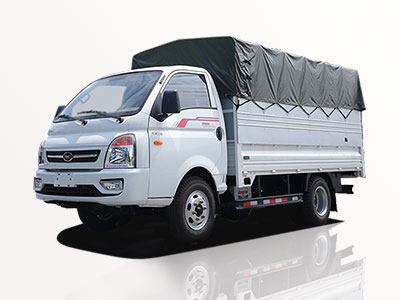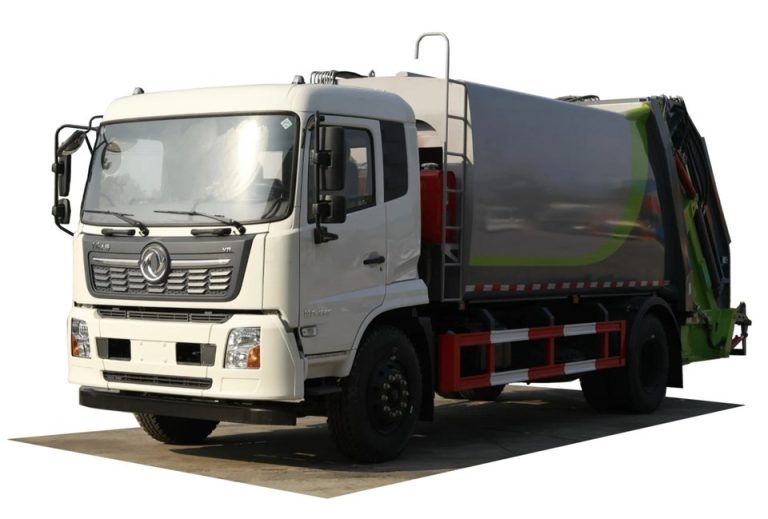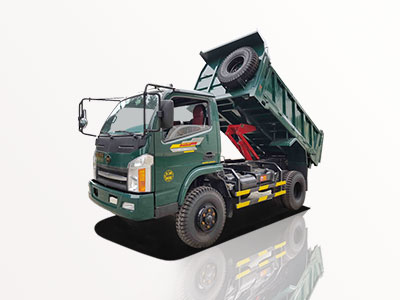Slurry seal trucks are essential for maintaining road surfaces and enhancing their longevity. Often used in municipal roadwork and construction, these specialized vehicles help apply a mixture that protects asphalt and improves surface pavement. In this comprehensive guide, we will delve into the various aspects of slurry seal trucks, including how they work, their benefits, types, maintenance tips, and where to purchase them.
What is a Slurry Seal Truck?
A slurry seal truck is a specialized vehicle equipped to apply a mixture of asphalt, water, and aggregate material onto road surfaces. The mixture, known as slurry seal, helps restore the road’s surface, improves skid resistance, and extends the lifespan of the pavement. This vehicle can handle a variety of terrains and is often used by municipalities and construction companies for pavement preservation techniques.
History and Evolution of Slurry Seal Technology
The first slurry seal techniques were developed in the 1970s as a method for prolonging the life of asphalt pavements. With advancements in technology, slurry seal trucks have become more efficient, allowing for faster application and better mixing of materials. Modern trucks feature sophisticated equipment, including computerized controls for precise ingredient ratios and hydraulic systems for ease of operation.
How Does a Slurry Seal Truck Work?
Understanding how slurry seal trucks work involves examining both their components and the application process.
Key Components of a Slurry Seal Truck
- Mixer: The heart of the truck, the mixer combines asphalt, aggregate, additives, and water in precise proportions.
- Tank: Holds the emulsion (liquid asphalt) which is integral to the slurry mix.
- Pump: Controls the flow of the mixture to the spreader box, allowing for an even distribution.
- Spreader Box: A specialized attachment at the rear of the truck that evenly spreads the mixture over the surface.
- Control Panel: Provides the operator with necessary information and controls for adjusting mix ratios and flow rates.
The Slurry Seal Application Process
The slurry seal application typically involves the following steps:
- Preparation: The road surface is cleaned and prepped to ensure proper bonding of the slurry seal.
- Mixing: Materials are based on the specific requirements and are mixed in the truck’s mixer.
- Application: The slurry mixture is applied evenly across the roadway surface using the spreader box.
- Curing: After application, the slurry seal must cure, which usually takes a few hours to a day, depending on weather conditions.
Benefits of Using Slurry Seal Trucks
Enhanced Pavement Longevity
One of the most significant advantages of slurry seal trucks is their ability to extend the lifespan of asphalt pavement. The slurry seal acts as a barrier, reducing the penetration of moisture and preventing damage caused by freeze-thaw cycles.
Cost-Effectiveness
Regular maintenance with slurry seal can reduce the need for costly repairs. By applying slurry seal to pavements, municipalities can save money in the long term by prolonging the life of their roads.
Improved Road Safety
Slurry seals enhance the skid resistance of roads, which significantly improves vehicle traction. This is particularly important in rainy conditions where slick surfaces can contribute to accidents.
Types of Slurry Seal Trucks
There are several types of slurry seal trucks available, each designed to meet different needs and specifications.
Standard Slurry Seal Trucks
These trucks are the most common and are designed for general slurry seal applications. They can easily cover a range of road surfaces and are ideal for municipal use.
High-Performance Slurry Seal Trucks
These trucks are equipped with advanced technology for mixing and applying slurry seal, ensuring a higher quality finish. They are often used in areas requiring superior pavement management.
Self-Contained Slurry Seal Trucks
Self-contained trucks come with all necessary components, including generator power for mixing. They are versatile and can be used in various settings, from urban streets to rural roads.
Choosing the Right Slurry Seal Truck for Your Needs
Consider Your Applications
Determine the types of projects you’ll be using the truck for. Will you primarily be working on urban roads, or do you also have rural projects? Different trucks may be suited for different environments.
Evaluate Features and Specifications
Look for trucks that offer features such as efficient mixing technologies, easy maneuverability, and advanced control systems. Compare specifications such as tank capacity, power, and build quality.
Maintenance Tips for Slurry Seal Trucks
Regular Inspections
Conduct regular inspections to ensure all components, especially the mixer and pump, are in working order. Check for wear and tear that could affect performance.
Cleaning Procedures
After each use, clean the mixing chamber and hoses thoroughly to avoid build-up that can lead to contamination of future mixes. Use appropriate cleaning agents and ensure they are rinsed out properly.
Storage Considerations
Store your slurry seal truck in a sheltered area to protect it from harsh weather conditions, which may accelerate wear and tear. Ensure the area is clean and secure.
Where to Buy a Slurry Seal Truck
New vs. Used Trucks
Decide whether you’re purchasing a new or used slurry seal truck. New trucks come with warranties and the latest technology, while used trucks can be more economical.
Dealers and Manufacturers
Research reputable dealers and manufacturers. Companies such as Some Equipment Manufacturer and Another Manufacturer provide reliable options. Check customer reviews and request references to ensure quality.
Online Marketplaces
Websites like eBay, MachineryTrader, and Craigslist can also offer various models. However, ensure you verify the condition and history of used trucks thoroughly.
Practical Examples and Tips
Case Study: Town Maintenance
A small town implemented a slurry seal program to prolong the life of their roads. By using their slurry seal truck effectively, they completed 15 miles of road with minimal downtime and significantly cut future maintenance costs.
Expert Tips
- Consider weather conditions. Best results are achieved in dry, warm weather.
- Keep a detailed log of maintenance and usage to track performance and plan for future services.
- Mix designs based on local conditions and traffic loads to optimize durability and performance.
FAQs about Slurry Seal Trucks
1. What materials are used in slurry seal applications?
Slurry seals typically consist of asphalt emulsion, aggregate material, additives for better adhesion, and water.
2. How often should slurry seal be applied?
Slurry seals are generally applied every 5 to 10 years, depending on road conditions and traffic volume.
3. Can I do slurry sealing myself without a truck?
While small areas can be done manually using premixed materials, a truck optimizes the mixing and application processes for larger projects.
4. What are the signs that a road needs slurry sealing?
Cracks, fading, and a rough surface texture are common indicators that a road needs slurry sealing.
5. Are there any restrictions on slurry seal applications?
Local regulations may dictate when and how slurry seal can be applied, especially in residential areas or during peak traffic times.
6. What is the difference between slurry seal and chip seal?
Slurry seal is a fine mixture meant for surface sealing, while chip seal includes larger aggregates and is often used for more extensive pavement repairs.



